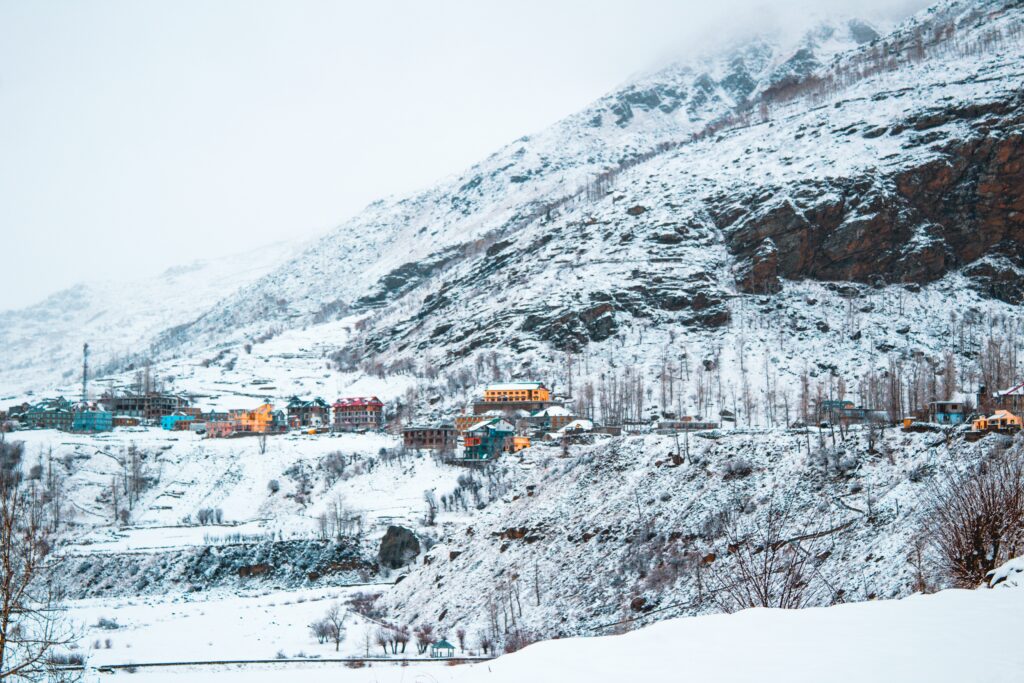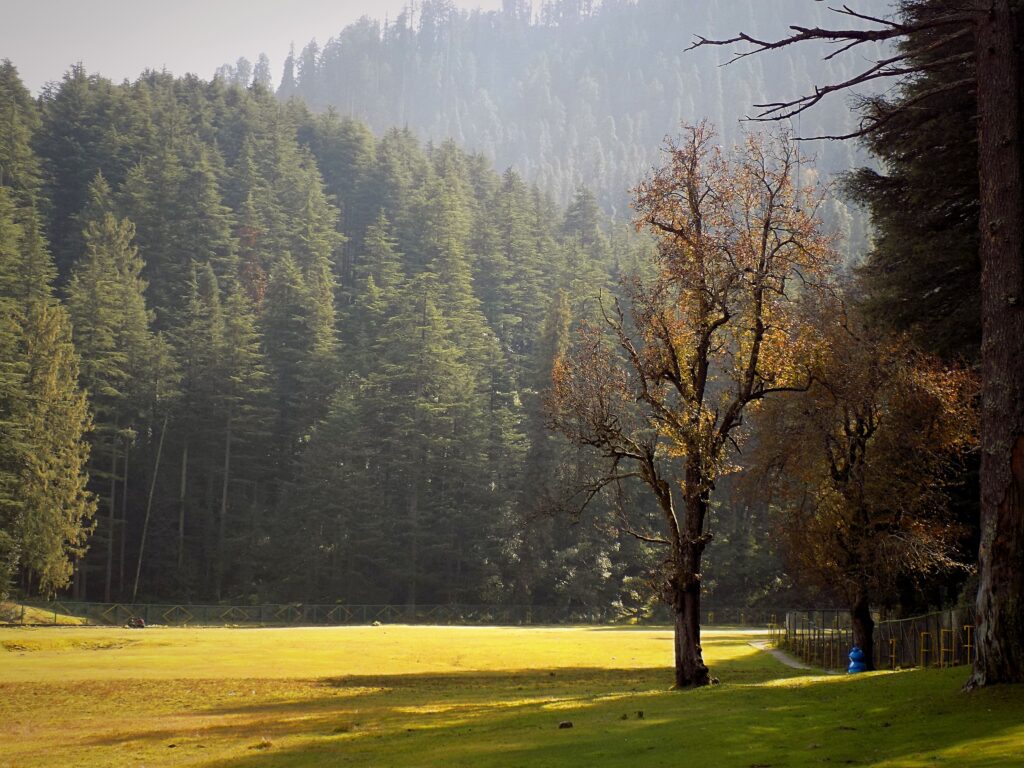As its name suggests, the state of Himachal Pradesh is located in the shadow of the snow-covered Himalayas. The area stretches from low-lying places to enormous mountain ranges. As we move further, each region encloses its own distinctiveness and reveals fresh mysteries. You are in awe by the verdant plains and the tranquilly of the upper peaks. Himachal Pradesh is considered India’s adventure playground because of its stunning snow-capped peaks and deep river valleys. Himachal is possibly a backpacker’s heaven because it is surrounded by the magnificent Himalayas, lush green forests, stunning lakes, and towering mountains. Himachal Pradesh has a lot of other interesting things to learn about besides being the top tourist destination in India. You can stay at our Rakkh Resort in Himachal Pradesh while exploring some intriguing iconic places of Himachal Pradesh. Here are some:
- The Taboos Village
It is known as “The Settlement of Taboos” and is a small, obscured village in Himachal Pradesh. No outsider is allowed to touch any of the residents’ possessions or any of the village’s walls, which is a strange and harsh regulation. The hamlet is notorious for being a “weed tourism attraction,” and it also earned the “Best Hashish” award at the High Times magazine Cannabis Cup in 1994 and 1996.

2. Trivia Behind The Name Himachal Pradesh
The Sanskrit word “Hima,” which means snow, is whence the name Himachal is derived. Himachal Pradesh’s full name translates to “In the lap of the Himalayas.” Acharya Diwakar Datt Sharma, a renowned Sanskrit scholar, is credited with creating the word “Himachal Pradesh.”
3. Hop On The Toy Train
The 96.6-kilometre-long, single-track Kalka Shimla Railway was constructed in the middle of the 19th century. The Kalka Shimla Railway is an architectural marvel, including the tallest multi-arc gallery bridge and the world’s longest tunnel (at the time of completion). Heaven in disguise is the scenic splendour along the track.
4. The Indian Fruit Bowl
According to reports, Himachal Pradesh is India’s second-largest apple producer after Jammu & Kashmir. Did you know that an American missionary by the name of Satyanand Stokes started cultivating apples in the state’s Kotgarh region? Along with apples, a lot of other fruits are also grown in large quantities, including peaches, cherries, kiwis, and plums. Even dry fruits are grown here, including pine nuts, chilgoza, and hazelnuts.
5. A Wildlife Treasure Trove
33 Wildlife Sanctuaries and 2 National Parks can be found in Himachal Pradesh. Out of the two, UNESCO has designated The Great Himalayan National Park as a World Heritage Site. The National Park is home to 370 kinds of animals, including nine amphibians, 180 birds, and more than 30 mammals.

6. The highest cricket ground in the world
The Chail Cricket Ground in Himachal Pradesh is reputed to be the highest cricket ground in the world, rising 8,018 feet above sea level. It was constructed in 1891, and deodar forests are all around it.

7. Miniature Switzerland
Khajjiar, a hill town in Himachal Pradesh’s Chamba district, has earned the moniker “Mini Switzerland.” It boasts stunning natural scenery and a lake with a floating island in the middle.
8. Kullu Dussehra: God’s Own Get-Together
One of the most well-known Hindu holidays in India, especially in North India, is the festival of Dussehra. Kullu Dussehra begins in Himachal Pradesh when Dussehra ends elsewhere in India. Kullu Dussehra, a seven-day event, draws visitors from all over the world. Jagat Singh, a native ruler from the 17th century, founded the celebration.
9. Abode of Lord Shiva
The Manimahesh Kailash summit, also known as the Chamba Kailash, is thought to be Lord Shiva’s dwelling. A significant Himachal Pradesh pilgrimage site, the summit towers high over the Manimahesh lake. The local Gaddi tribe views the location as lucky.
10. Land of the Gods
Himachal Pradesh is frequently referred to as “Dev Bhoomi” or “Land of the Gods” since numerous ancient holy books make reference to it. Himachal is home to numerous revered temples and significant pilgrimage sites. Nearly every neighbourhood or hamlet has its own Gods and Goddesses that the residents worship.